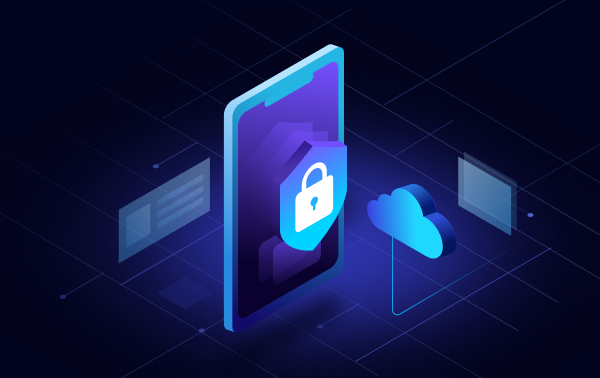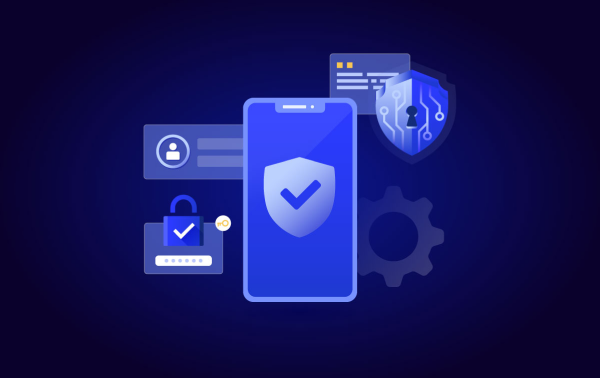
- 4 min
Zeta’s Cipher: Revolutionizing Payment Authentication with 1 Million TPS Scalability (Part 1)
Leveraging Kubernetes and AWS, Cipher achieves scalable, high-performance payment authentication at 1 million transactions per second, setting a new industry...
-

-
Team Zeta
-

- 6 min
PrestoDB Explained: High-Performance SQL Query Engine for Big Data Analytics
PrestoDB's architecture, features, and use cases highlight its speed and scalability for large-scale data analytics and...
-

-
Team Zeta
-

- 2 min
Zeta: Pioneering Digital Transactions with Cutting-Edge Technology and Innovation
Zeta's mission is to design a transformative technology platform revolutionizing digital transactions through advanced cryptography and...
-

-
Ramki Gaddipati
-

- 6 min
Troubleshooting Blueprint: Essential Strategies for Engineers
Zeta's expert guidelines and tips for effective troubleshooting enhance incident management and system reliability, ensuring swift...
-

-
Team Zeta
-

- 5 min
Balancing Ease and Security: Zeta’s Best Practices for Secure Mobile Applications
Zeta implements robust security principles in mobile applications, balancing ease of use with stringent protection measures...
-

-
Team Zeta
-

- 3 min
Zeta’s Data Deletion Practices: Ensuring Privacy and Compliance
Shaik Idris, Director of Data Platforms at Zeta, shares Zeta's data deletion best practices, balancing compliance...
-

-
Team Zeta
-

- 5 min
Apollo App Center: Streamlining SDK Authentication Federation for Seamless App Integration
Zeta's Apollo App Center streamlines SDK authentication federation, enabling seamless and secure integrations across multiple services...
-

-
Team Zeta
-

- 4 min
Revolutionizing Mobile Security: Zeta’s Trusted Contacts Authentication
Zeta's Trusted Contacts model enhances mobile app security by leveraging human verification for secure financial transactions,...
-

-
Team Zeta
-

- 5 min
Beyond Passwords: Zeta’s Advanced Authentication for Secure Financial Transactions
An innovative authentication model leverages OTPs and cryptographic methods to enhance security and protect user data...
-

-
Team Zeta
-

- 2 min
Zeta Strengthens Security: Mitigating Cloudbleed Vulnerabilities with Robust Measures
User data is safeguarded against Cloudflare's Cloudbleed vulnerability through the implementation of robust security measures, ensuring...
-

-
Team Zeta